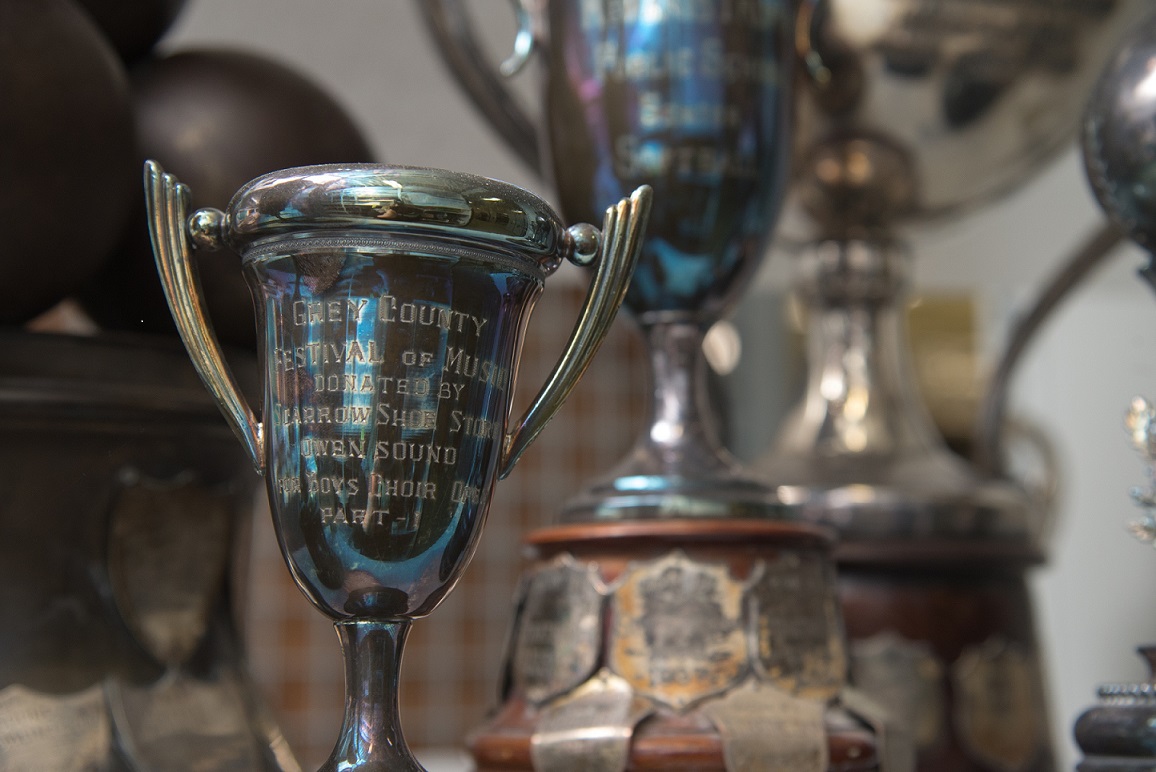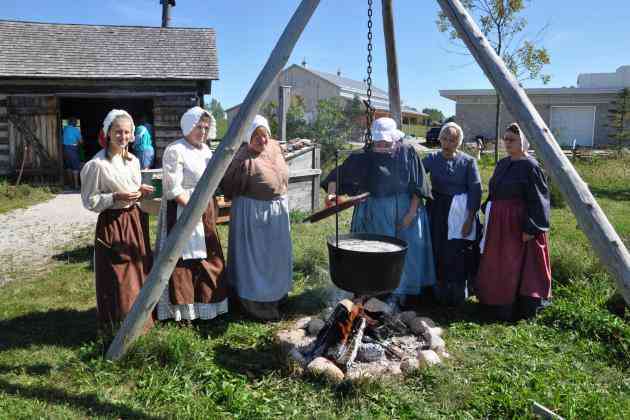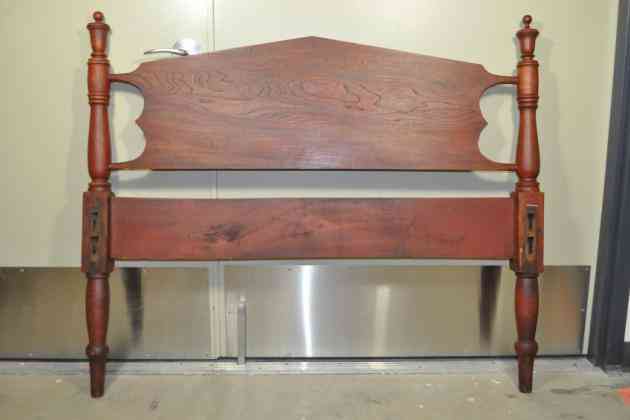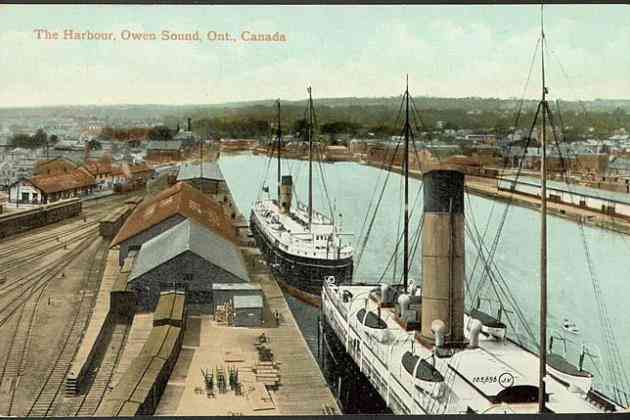Grey Roots’ Response
Hello ——-,
Thank you very much for contacting Grey Roots and thinking of the museum as a possible repository for this item. In answer to your questions:
Typically, when something is donated, it is catalogued and photographed and goes into temperature/light/humidity controlled storage until such a time that a suitable exhibition comes into being into which the artefact fits. Since 2009, Grey Roots has had a collections-based exhibit titled “New Acquisitions to the Collection” every two years where we show the best and most interesting of what’s been collected in that timeframe, to which the donors are invited to come for free some time during the exhibition, but I cannot guarantee that this will be a recurring exhibition in the future.
A typical North American museum has 1-2% of its collection on display at any one time. We are proud to say that we have between 10 and 14% of our collection on display at any one time, because we have the Moreston heritage building in which a lot of our “non-precious” artefacts are displayed in July and August.
If, after you make the donation, you (or anyone with an interest) would like to access the item in person, and it is in storage, collections staff is happy to bring it out for you to see in the collections storage area with 24hrs notice, provided that staff is on site and available (sometimes we are away on site visits and/or meetings/training). Shortly, Grey Roots’ permanent artefact collection will be much easier to access. Hopefully, this year, we will be putting our entire artefact collection on-line so that it is accessible world-wide.
More information to consider:
We recently had a trained volunteer transcribe our 27 Grey County signature quilts. This is important because they were typically fundraising quilts for projects like churches and The Red Cross in which money was raised for a capital project or during WWI for the war effort. Each person or family paid an amount to have their name(s) embroidered onto a quilt with the date and the Grey County location. It was important to transcribe these before going online so that in future, genealogical researchers can type in a family name and find family members from Grey County. It sounds to me, from your description of this object that it would fall into the same category. The record online would also have photos of the objects as well as detailed close-up photos of each block with its signatures. Researchers can purchase reproductions of the photos for their family trees or other purposes, if they wish.
This is a typical Grey Roots description of a signature quilt that a researcher would be able to access online:
Proton Township 125th Anniversary Signature/Name quilt embroidered with about 900 names (1982). White fabric ground, with 30 blocks. The blocks (five across and six down) have names embroidered in pastel colours. The blocks also have green outlines of maple leaves, which are positioned in different angles. The title is present in dark green embroidery: “125th Anniversary Township of Proton 1857-1982” is on Block # 13. There is also “Some Ventry Pioneers” embroidered inside one of the leaves on Block #18. Plain white binding. The blocks are not all even in their sizes, but are approx. 37 cm x 36 cm (the 900 names follow, but for interest of brevity I will not list them here)
Provenance:
The following quotation is from the August 18, 1982 edition of THE DUNDALK HERALD, under an article entitled “Historical Committee of Proton Reports” [p.1]:
…”The name quilt that contained about 900 names was won by Alfred Inkster of Dundalk…The names on the quilt were of present and former Proton Township residents…The Cedarville Womens’ Institute collected names for twelve blocks and embroidered them, the Dundalk Womens’ Institute, Arly Schmidt, Reta Ritchie and Audrey L. Clarke, collected the balance of the names and embroidered the blocks. The Dundalk ladies did the quilting and binding. Ona Russell kindly donated the material for the quilt.” [actually are 30 blocks in the completed quilt].
Alfred Inkster of Dundalk, Grey County, initially won the quilt in a draw [August, 1982]. His wife, Doris, gave the quilt to Audrey L. Clarke, Clerk of the Town of Dundalk. Audrey L. Clarke, gave it to Pat Graham, of Conn, Grey County.
So, as you can see, there is a lot of information collected and available to researchers and the public so that the object never loses its history/story. If you are interested in making a donation to Grey Roots or have questions, please feel free to contact Sim Salata, Collections Manager, by email at sim.salata@greyroots.com or call 519-376-3690 ex.6014. For more information online about Artefact donation to Grey Roots, please visit http://www.greyroots.com/collections-research/donations/







